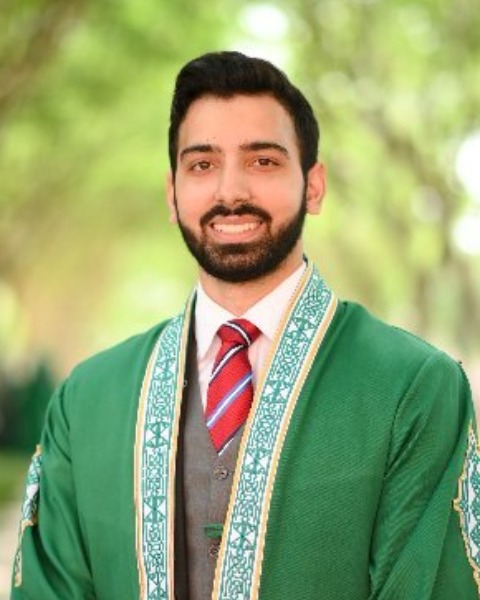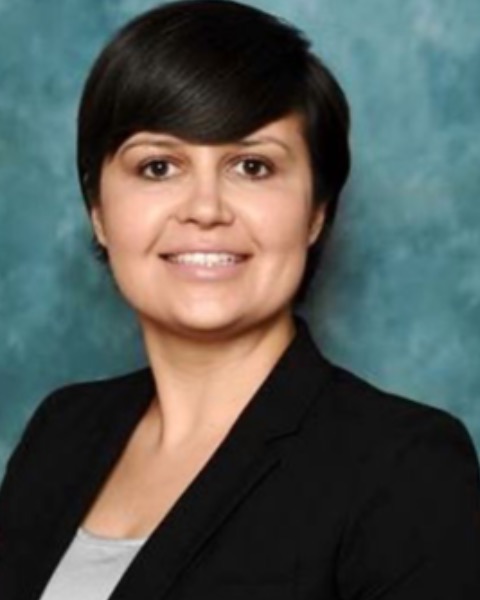Hepato-pancreato-biliary
E267: Use of Machine Learning in Prediction of Completion of Treatment for Pancreatic Cancer

Abdullah Khalid, MD (he/him/his)
Research Scientist
Northwell Health Institute
Great Neck, New York, United States
Abdullah Khalid, MD (he/him/his)
Research Scientist
Northwell Health Institute
Great Neck, New York, United States
Abdullah Khalid, MD (he/him/his)
Research Scientist
Northwell Health Institute
Great Neck, New York, United States- SP
Shamsher Pasha, MD
Resident
UT San Antonio, United States 
Lyudmyla Demyan, MD
Surgery Resident
Zucker School of Medicine at Hofstra/Northwell General Surgery Residency Program at NSLIJ
Queens, New York, United States- SH
Sarah Hartman, MD
Resident
Northwell Health, Lenox Hill, United States - TL
Todd Levy, BS, MS
Electrical Engineer
Feinstein Institutes for Medical Research, United States - TZ
Theodoros Zanos, PhD
Associate Professor
Feinstein Institutes for Medical Research, United States - EN
Elliot Newman, MD
Chief of Surgical Oncology
Northwell Health, Lenox Hill, United States - MM
Marcovalerio Melis, MD
Professor
Donald and Barbara Zucker School of Medicine at Hofstra/Northwell, United States
ePoster Abstract Author(s)
Submitter(s)
Author(s)
Chemotherapy improves survival after surgery for pancreatic cancer (PC). However, <60% of patients will complete adjuvant therapy. An even smaller percentage of patients receive neoadjuvant treatment. Using predictive modeling and machine learning, we aimed to identify, based on pre-operative patient specific factors, which patients will be able to undergo resection and complete either pre- or post-operative chemotherapy.
Methods:
The 208 patients with resectable PC identified in our institutional pancreas database were grouped into two categories: those who completed all intended treatments (i.e., surgery plus either neoadjuvant or adjuvant chemotherapy), and those who did not. We trained a logistic regression (LR) model with lasso penalization and an extreme gradient boosted ensemble of decision trees (XGBoost). The model performances were evaluated using five-fold cross-validation. A bootstrapping analysis was also performed to monitor how the AUROC and MSE varied as a function of the number of samples to estimate the expected improvement from collecting additional data samples.
Results:
The median age of the study population was 69, 103 (49.5%) were female, and 129 (62.0%) were white (n=129, 62.0%). ECOG performance status was ≤2 in 174 (87.0%). PC was located in pancreatic head in 108 (51.9%) cases. Neoadjuvant treatment was administered in 54 (26.0%) and adjuvant chemotherapy in 98 (47.1%). Only 102 (49%) patients completed all intended treatments (both surgery and chemo). Patients who did not complete all intended therapies were older (p=0.002) and with lower ECOG (p=0.041). Both models identified worsening diabetes, age, CHF, high BMI, family history of pancreatic cancer, treatment-naïve bilirubin, and head location of the tumors as negative prognostic factors for treatment completion. Additional negative prognostic factors were identified by the LR model (jaundice, history of other cancers, and ECOG performance status at presentation) and the XGBoost model (treatment-naïve CA 19-9 and CEA). The AUROC for both models were 0.67 (Fig. 1). Increased performance for both AUC and MSE in the bootstrapping analysis with increased sample size, suggests that increasing data samples will improve performance.
Conclusions:
Our ML approaches revealed that worsening diabetes, advanced age, CHF, high BMI, family history of pancreatic cancer, treatment naïve bilirubin, and head location of the tumors can be used at time of PC diagnosis to predict chances of completion of intended therapy for PC. The bootstrapping analysis suggested that training AI with more data may improve accuracy of prediction.
Learning Objectives:
- Upon completion, participants will be able to identify the primary factors that influence completion of treatments for pancreatic cancer based on machine learning predictions.
- Upon completion, participants will be able to explain the benefits and applications of predictive modeling, specifically the logistic regression and XGBoost models, in forecasting patient treatment completion for pancreatic cancer.
- Upon completion, participants will be able to interpret and evaluate the significance of AUROC and MSE in assessing model performance, and the impact of increased sample sizes on predictive accuracy.
